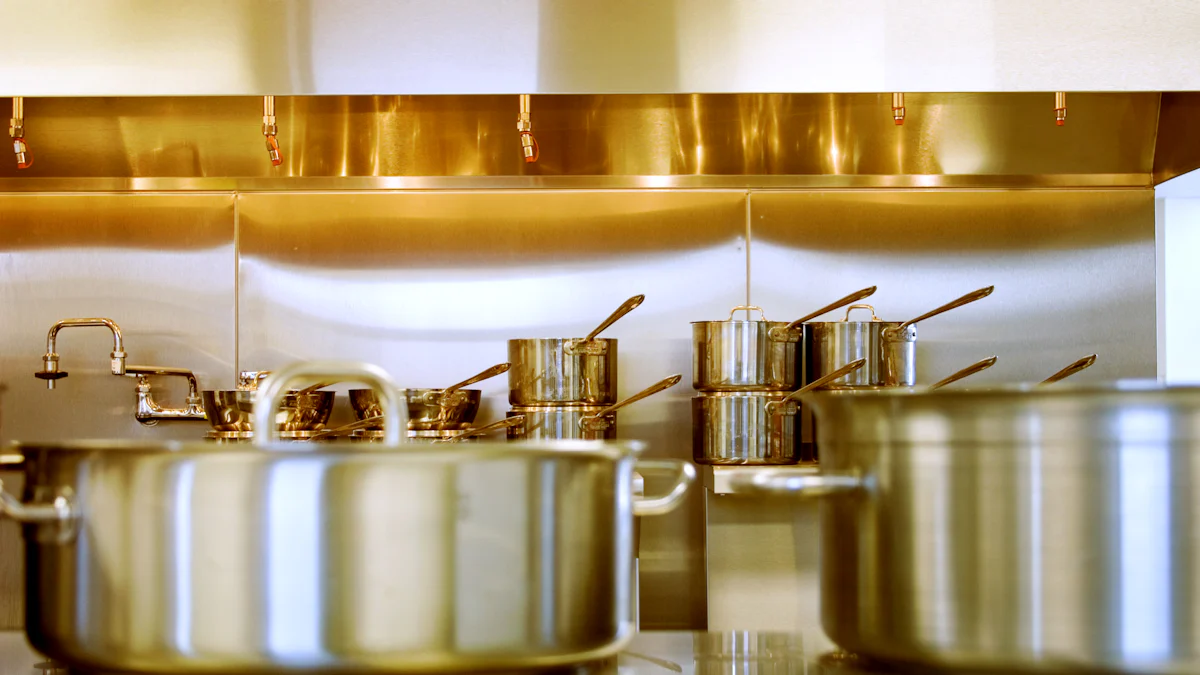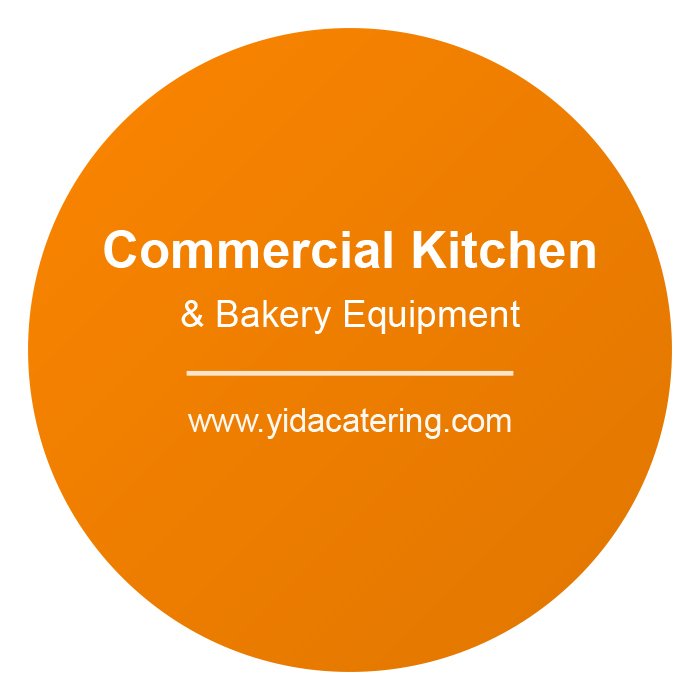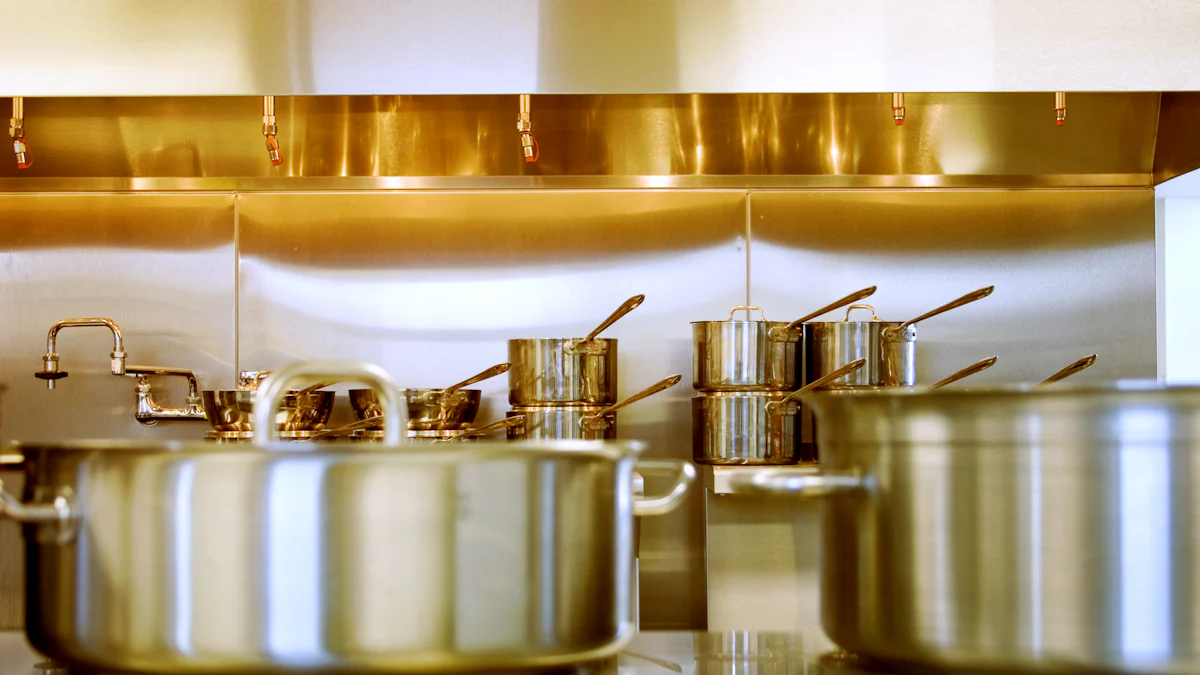
Food Holding Overview
Understanding the Importance of Food Holding and Warming Equipment
In the fast-paced and demanding food industry, food holding and warming equipment play a critical role in ensuring the quality and safety of food served to customers. These essential pieces of equipment are designed to maintain the optimal temperature of food, keeping it safe for consumption while preserving its flavor and texture.
-
Quality Maintenance: Properly maintaining the temperature of food is crucial to prevent bacterial growth and maintain food quality.
-
Safety Assurance: By using commercial food warmers, steam tables, and heat lamps, restaurants can ensure that food is kept at safe temperatures, reducing the risk of contamination and foodborne illnesses.
Investing in high-quality buffet equipment allows businesses to streamline their operations, enhance customer satisfaction, and ultimately boost their bottom line. As we delve deeper into this guide, we will explore various types of equipment available in the market and provide valuable insights on selecting the right tools for your specific needs.
Commercial Warmers
Types of Commercial Warmers
When it comes to commercial food warmers, there are various types available in the market to cater to different needs and preferences. Understanding the options can help you make an informed decision for your food business:
-
Countertop Food Warmers: These compact units are ideal for smaller establishments or for keeping specific dishes warm on a buffet line.
-
Drawer Warmers: Drawer warmers are convenient for storing and warming pre-cooked food before serving, making them perfect for busy kitchens.
-
Soup Kettles: Specifically designed for keeping soups and stews at the perfect serving temperature, soup kettles are a staple in many restaurants.
-
Heat Lamps: While not traditional warmers, heat lamps are essential for keeping food warm on buffet lines or during food preparation.
Using commercial warmers offers several benefits beyond just maintaining food temperature. They help in preserving the quality and taste of dishes while ensuring efficient service delivery to customers. By incorporating these equipment into your kitchen setup, you can streamline operations and enhance customer satisfaction.
Proper Maintenance of Commercial Warmers
Maintaining your food warming appliances is essential to ensure their longevity and optimal performance. Here are some tips to effectively clean and care for your commercial warmers:
-
Regular Cleaning: Wipe down surfaces daily with a mild detergent to remove any food residue or spills.
-
Deep Cleaning: Perform a thorough cleaning periodically by disassembling components and sanitizing them properly.
-
Check Temperature Settings: Regularly monitor the temperature settings to guarantee that food is being kept at safe levels.
-
Routine Inspections: Inspect cords, plugs, and switches regularly for any signs of wear or damage.
Proper maintenance not only extends the lifespan of your equipment but also contributes to maintaining food safety standards in your establishment.
Steam Tables Essentials
Benefits of Steam Tables
In the realm of food service, steam tables are indispensable for maintaining the quality and temperature of various dishes. These specialized food warming tables offer a range of advantages that contribute to the smooth operation of a kitchen:
-
Temperature Control: Steam tables provide precise temperature control, ensuring that food stays warm without overcooking or drying out.
-
Moisture Retention: By utilizing steam wells, steam tables help retain moisture in food, keeping dishes fresh and appetizing for longer periods.
-
Versatility: Steam tables come in various sizes and configurations, making them adaptable to different kitchen setups and menu requirements.
Understanding the benefits of steam tables can aid food business owners in optimizing their operations and delivering high-quality meals consistently.
Choosing the Right Steam Table
Selecting the appropriate steam table is crucial for maximizing efficiency and meeting your specific business needs. Consider the following factors when choosing a steam table for your establishment:
-
Size and Capacity: Determine the volume of food you need to hold or display regularly to choose a steam table with adequate capacity.
-
Configuration: Decide on the layout (e.g., drop-in, standalone) that best fits your kitchen space and workflow.
-
Energy Efficiency: Opt for energy-efficient models to reduce operating costs while maintaining optimal food temperatures.
-
Temperature Maintenance: Regularly calibrate your steam table's thermostat to ensure accurate temperature control and safe food storage.
By carefully evaluating these factors, you can select a suitable steam table that enhances your kitchen efficiency and contributes to the overall success of your food business.
Innovative Heat Lamps
Features of Modern Heat Lamps
In the realm of food service technology, modern heat lamps have evolved to offer a range of innovative features that cater to the diverse needs of commercial kitchens. These advanced food warming lights are designed to not only keep food at optimal serving temperatures but also enhance the overall presentation and quality of dishes.
-
Adjustable Intensity: Modern heat lamps come with adjustable intensity settings, allowing chefs to control the level of heat directed towards the food, ensuring precise warming without overcooking.
-
Swivel Heads: Some models are equipped with swivel heads that enable easy adjustment of the heat direction, ensuring even warming across different types of dishes on buffet lines or in kitchen prep areas.
-
Heat Zones: Certain heat lamps feature multiple heat zones, allowing for customized heating levels based on the specific requirements of different foods being served.
-
Energy Efficiency: Many modern heat lamps incorporate energy-efficient technologies, such as LED lighting and infrared heating elements, reducing energy consumption while maintaining optimal food temperatures.
By leveraging these advanced features, restaurants can not only ensure that their dishes are kept warm and ready for serving but also elevate the visual appeal and freshness of their culinary creations.
Benefits of Infrared Heat Lamps
Infrared heat lamps have gained popularity in the food service industry due to their unique advantages in maintaining food temperature and enhancing energy efficiency. These specialized lamps emit infrared radiation, which efficiently warms food without drying it out or compromising its texture.
-
Precise Heating: Infrared heat lamps offer precise heating control, allowing for targeted warming of specific areas on a dish without affecting other parts negatively.
-
Quick Warm-Up Time: Compared to traditional heating methods, infrared heat lamps have a rapid warm-up time, ensuring that food is quickly brought up to the desired serving temperature.
-
Energy Savings: The focused heating capabilities of infrared lamps result in energy savings by directly transferring heat to the food without unnecessary heating of surrounding areas or equipment.
By harnessing the benefits of infrared heat lamps, food establishments can optimize their operations by efficiently maintaining food quality while reducing energy costs associated with traditional warming methods.
Temperature Control Tips
Importance of Temperature Control
Maintaining proper temperature control is paramount in the food industry to uphold food safety standards and ensure food hygiene. Proper temperature management not only preserves the quality of food but also plays a crucial role in preventing foodborne illnesses that can arise from bacterial contamination.
Effective temperature control in food holding and warming equipment is essential for several reasons:
-
Quality Preservation: Maintaining the correct temperature helps retain the flavor, texture, and nutritional value of food, ensuring that customers receive high-quality meals.
-
Safety Assurance: By keeping food at recommended temperatures, businesses can prevent the growth of harmful bacteria that thrive in conditions where food is improperly stored or heated.
-
Regulatory Compliance: Adhering to temperature control guidelines set by health authorities is vital for avoiding penalties and safeguarding public health.
To achieve optimal results in safe food handling, establishments must implement best practices for temperature monitoring and control. Regular calibration of equipment, staff training on safe handling procedures, and diligent monitoring of food temperatures are key steps in maintaining a safe and hygienic environment in commercial kitchens.
Preventing Food Contamination
Proper temperature control serves as a critical barrier against food contamination and the spread of pathogens that can lead to foodborne illnesses. By diligently managing temperatures throughout the food preparation and service process, businesses can significantly reduce the risk of contamination incidents.
Best practices for ensuring food safety through temperature management include:
-
Implementing HACCP (Hazard Analysis Critical Control Points) protocols to identify and mitigate potential hazards related to temperature fluctuations.
-
Regularly monitoring and documenting food temperatures at various stages of production to ensure compliance with safety standards.
-
Training staff on proper temperature control procedures, including safe thawing, cooking, cooling, and reheating practices.
-
Conducting routine inspections of equipment to verify accurate temperature settings and functionality.
By prioritizing safe food handling practices and maintaining rigorous temperature control measures, food establishments can uphold their commitment to providing customers with safe, delicious meals while minimizing the risk of foodborne illnesses.
Equipment Selection Guide
Factors to Consider When Choosing Equipment
When selecting buffet equipment for your food service establishment, several key factors should be taken into account to ensure that you choose the most suitable options for your specific needs.
-
Capacity and Size: Consider the volume of food you typically serve and the available space in your kitchen or buffet area. Opt for equipment with sufficient capacity to meet your demand without overcrowding the space.
-
Versatility: Look for equipment that offers versatility in terms of functionality. Choose items that can accommodate a variety of dishes and serving styles to cater to diverse customer preferences.
-
Durability: Invest in high-quality equipment that is built to withstand the demands of a busy food service environment. Durable materials and construction ensure longevity and reduce the need for frequent replacements.
-
Temperature Control Features: Select equipment with precise temperature control settings to maintain food at safe and optimal serving temperatures. Consistent temperature maintenance is crucial for both food quality and safety.
-
Ease of Cleaning: Prioritize equipment that is easy to clean and maintain to uphold hygiene standards in your establishment. Removable parts, smooth surfaces, and dishwasher-safe components can streamline cleaning processes.
-
Aesthetics: Consider how the equipment fits into the overall ambiance and design of your buffet line or kitchen. Opt for items that enhance the visual appeal of your presentation while complementing your existing decor.
By carefully evaluating these factors, you can make informed decisions when choosing buffet line accessories and other food holding equipment that align with your operational requirements and contribute to a seamless dining experience for your customers.
Customizing Buffet Lines
Customizing buffet lines with the right food service displays and buffet line accessories can significantly enhance the dining experience for customers while optimizing operational efficiency in your establishment.
-
Enhanced Presentation: By incorporating aesthetically pleasing displays and accessories, you can elevate the visual appeal of your buffet offerings, enticing customers with an array of appetizing choices.
-
Efficient Service Flow: Customized buffet lines allow for better organization of food items, condiments, utensils, and beverages, streamlining the flow of customers through the serving area.
-
Personalization Options: Tailoring buffet setups to specific themes or occasions enables you to create unique dining experiences that resonate with different customer preferences or special events.
-
Space Optimization: Strategically arranging displays and accessories helps maximize space utilization on buffet lines, ensuring efficient traffic flow during peak dining hours.
By customizing your buffet lines with thoughtfully selected displays and accessories, you can create an inviting atmosphere, showcase your culinary offerings effectively, and provide a memorable dining experience that keeps customers coming back for more.
Future Equipment Trends
Anticipated Advancements in Food Holding and Warming Equipment
As we look ahead to the year 2025, the food service industry is poised to witness exciting advancements in food holding and warming equipment. Innovations in food temperature maintenance tools are expected to revolutionize the way food is stored, displayed, and served in commercial kitchens and catering establishments.
-
Smart Technology Integration: Future equipment trends may include the integration of smart technology, allowing for remote monitoring and control of food temperatures. This innovation will enhance efficiency and accuracy in maintaining optimal serving conditions.
-
Energy-Efficient Solutions: Anticipated developments in energy-efficient catering equipment will focus on reducing operational costs while minimizing environmental impact. Advanced insulation materials and heating technologies will contribute to sustainable practices.
-
Customization Options: Manufacturers are likely to offer more customization options for food holding equipment, catering to diverse menu requirements and kitchen layouts. Modular designs and adaptable features will enable tailored solutions for different culinary needs.
These upcoming trends signify a shift towards more intelligent, sustainable, and flexible solutions in the realm of food holding and warming equipment, empowering businesses to enhance their operations while prioritizing quality and efficiency.


